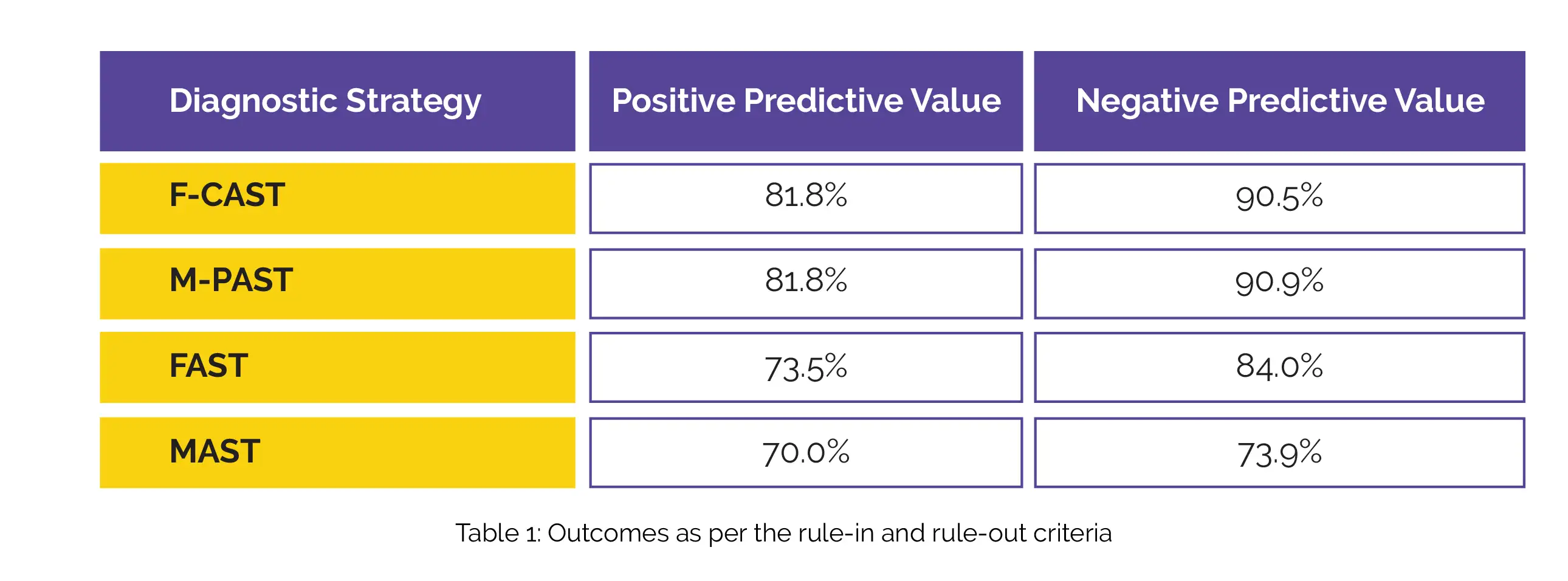Categories
Change Password!
Reset Password!


M-PAST is a non-invasive diagnostic method for identifying active fibrotic NASH, reducing the need for liver biopsies, and aiding in the selection of patients for clinical trials.
A recent scientific abstract published in "Hepatology Research" reveals a pioneering two-step strategy, developed by Kento Imajo and a team of investigators, that demonstrates promising results in diagnosing active fibrotic non-alcoholic steatohepatitis (NASH). This novel approach offers improved accuracy and could potentially replace invasive liver biopsies. In this abstract, the researchers aimed to develop a non-invasive scoring system utilizing FibroScan and magnetic resonance imaging (MRI) to identify NASH.
The study involved three stages (prospective primary, retrospective validation and University of California San Diego) and included 579 individuals with biopsy-proven non-alcoholic fatty liver disease (NAFLD). A two-step diagnostic strategy was developed by combining liver stiffness measurement (LSM) techniques such as FibroScan or magnetic resonance elastography (MRE) with controlled attenuation parameter (CAP) or proton density fat fraction (PDFF), along with aspartate aminotransferase (AST).
This approach, named FibroScan-based LSM followed by CAP with AST (F-CAST) and (MRE-based LSM followed by PDFF with AST (M-PAST), was contrasted with FibroScan-AST (FAST) and MRI-AST (MAST) models. Each model was categorized based on rule-in and rule-out criteria. The results demonstrated the superiority of the two-step strategies. The F-CAST and M-PAST approaches showed higher accuracy compared to FAST and MAST, with better positive predictive values and negative predictive values (Table 1).

In comparison with FAST (0.744), the areas under receiver operating characteristic curves (AUROCs) for F-CAST (0.826) and M-PAST (0.832) were considerably greater, indicating improved diagnostic performance. No significant differences were found in AUROCs between F-CAST and FAST models in both the validation and University of California San Diego cohorts.
However, M-PAST illustrated superior diagnostic performance compared to MAST in terms of AUROCs. The reliability of the two-step strategy, particularly M-PAST, in identifying active fibrotic NASH was demonstrated, exhibiting superior predictive performance compared to MAST. Hence, the M-PAST score is better than the MAST score for diagnosing NASH. This study introduces a non-invasive approach to diagnose fibrotic NASH, potentially replacing liver biopsies.
By combining FibroScan or MRE with additional imaging techniques and AST measurements, the two-step strategies offer a promising alternative that could improve patient screening and facilitate early intervention. Although further research and validation are needed, this innovative approach shows significant potential in the field of NASH diagnostics.
Hepatology Research
M-PAST score is better than MAST score for the diagnosis of active fibrotic NASH
Kento Imajo et al.
Comments (0)